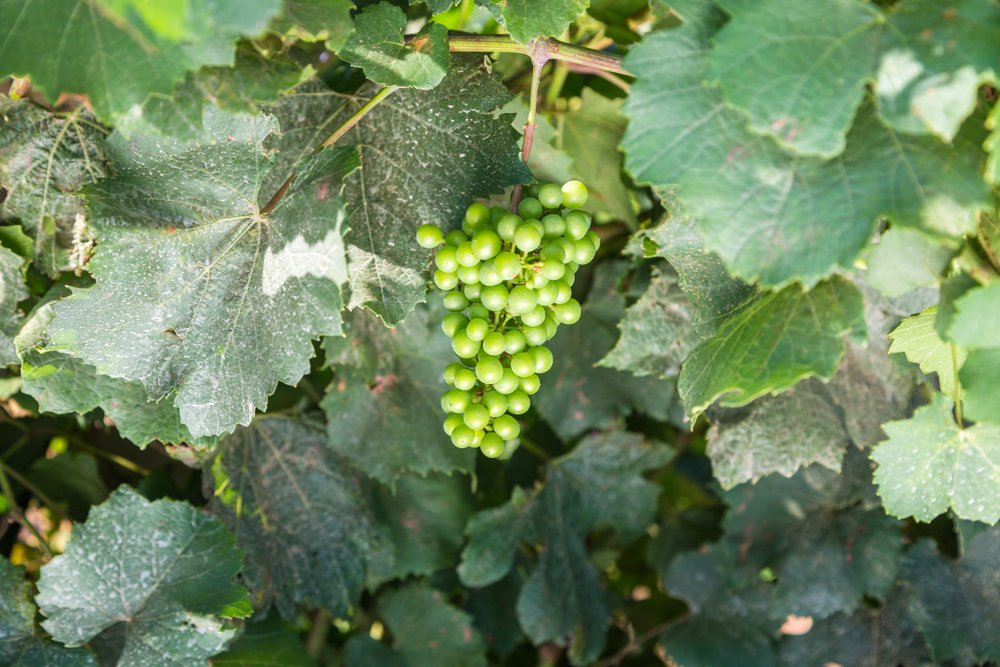Healthy Estuaries
Ki Uta Ki Tai
Assessing the interactions between loadings of different contaminants from freshwaters on the health and functioning of estuaries
Project Details Ngā taipitopito
Collaborators Ngā haumi
Auckland Council | Cawthron Institute | Department of Conservation | Integrated Kaipara Harbour Management Group | Kitson Consulting | Land Water People | Manaaki Whenua Landcare Research | Ministry for the Environment | MPI | MUSA Environmental | NIWA | Sustainable Seas Challenge | Te Ao Mārama Inc (Ngai Tahu ki Murihiku) | Te Rūnanga ō Ngāti Whakahemo | University Of Otago | University Of Waikato
What are we doing?E aha ana mātou?
The health and functioning of estuaries are affected by contaminants from freshwater. These contaminants interact with each other, causing cumulative effects that can be difficult to predict. The National Policy Statement for Freshwater Management does not yet include how to assess the interactions of contaminants.
We are working with Sustainable Seas, in partnership with the Ministry for the Environment (MfE), to address this gap.
In case study estuaries, Māori researchers will work with whānau, hapū, iwi and local community groups to identify aspirations for their estuary, and present uses and stressors.
Our Land and Water researchers will estimate freshwater contaminant loads to New Zealand estuaries historically, now, and under a changed climate. Sustainable Seas will then combine the data with information on estuarine ecology to determine critical stressor thresholds and buffers that take into account the stressors’ cumulative effects, mātauranga Māori, and locally informed objectives. These critical stressor thresholds will be used to establish limits for freshwater contaminants.
Our Land and Water will then assess whether implementing different land management options can meet the proposed limits – now, by 2050, or by 2100.
How can the research be used? Ka pēhea e whai take ai te rangahau?
- Informed by mātauranga Māori, this mahi will identify contaminant thresholds required to restore the ecological structure and function, and the mauri of estuaries.
- The research will assess the impact of identified contaminant thresholds on catchment land use, and whether thresholds can be achieved considering realistic land-management options.
- Health indices and tohu will be identified to inform the management priorities for enhancing estuarine functionality and its mauri.
Related research updates Ngā pānui mō te rangahau nei
Participation & engagement Te hunga i whai wāhi mai
- Research will focus on the Kaipara, Waihi and New River estuaries. These case studies represent different estuary types and sizes with different surrounding land uses and climates.
- The collaboration with the Ministry for the Environment is a critical part of extending this research nationally. This will include spatial and temporal ecological analyses in 12 estuaries nationwide, and landcover and freshwater input assessments for over 200 estuarine systems all around New Zealand.
 View Our Strategy Document 2019 – 2024
View Our Strategy Document 2019 – 2024











